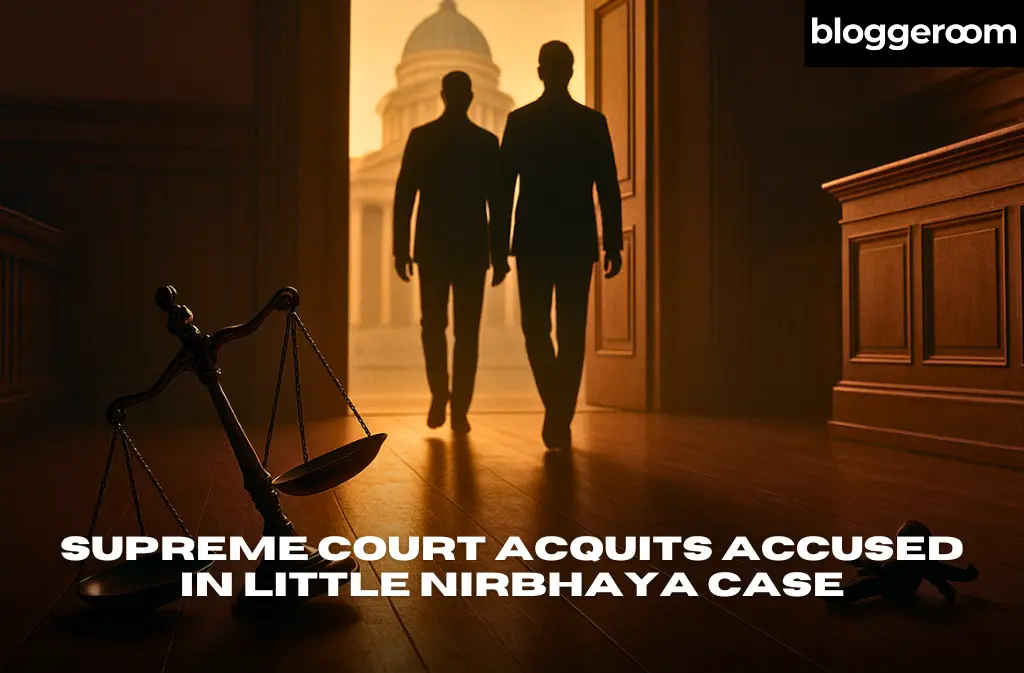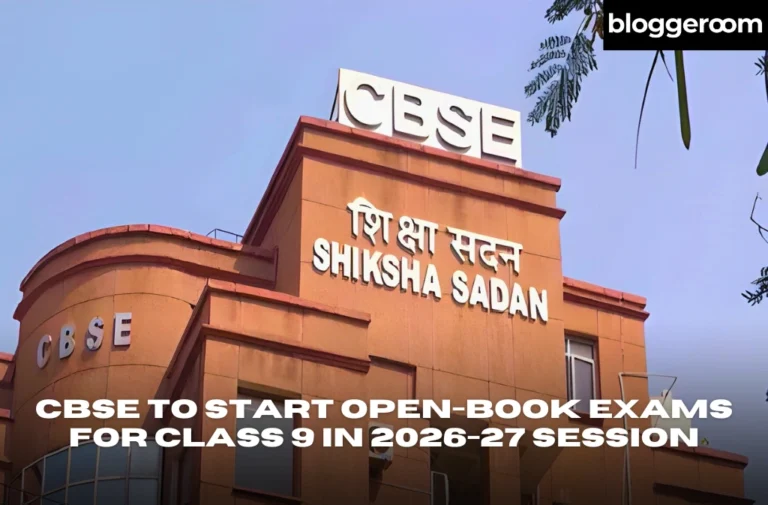Supreme Court Acquits Accused in Little Nirbhaya Case
In September 2025, a Supreme Court judgment turned an old wound into fresh pain for Uttarakhand. The case, often referred to as “Little Nirbhaya”, dates back to 2014 when a seven-year-old girl from Pithoragarh was brutally raped and murdered while visiting a family wedding in Haldwani. For years, the case was seen as an example of India’s willingness to hand down the harshest punishment to crimes against children. But now, with the apex court overturning the conviction, questions of justice, investigation, and evidence are back in the spotlight.
The Incident That Shook Pithoragarh
The tragedy began on 20 November 2014, when the little girl went missing during wedding celebrations. Despite desperate searches, her family couldn’t find her. After five days, on 25 November, her body was discovered in a forested area near Sheeshmahal. The post-mortem revealed brutal sexual assault and injuries that horrified even seasoned investigators.
Police named three suspects, with Akhtar Ali and Prem Pal Verma emerging as the main accused. The district court sentenced Ali to death, branding the crime as the “rarest of rare.” Verma was handed a prison term for aiding and abetting. The Uttarakhand High Court later upheld these punishments.
Why the Supreme Court Set Them Free
A decade later, on 11 September 2025, the Supreme Court bench led by Justices Vikram Nath, Sanjay Karol, and Sandeep Mehta decided to acquit both Ali and Verma. The decision wasn’t about denying the brutality of the crime – rather, it was about the quality of the evidence presented.
- Circumstantial Evidence: The entire case leaned on indirect clues. There was no direct proof placing the accused at the scene during the crime.
- Forensic Gaps: Questions arose about DNA handling, the chain of custody, and inconsistencies in expert testimony.
- Death Penalty Standard: The court reminded prosecutors that capital punishment requires flawless evidence. In this case, the chain of circumstances had too many weak links.
In legal terms, when doubts exist, the accused must be given the benefit of doubt. That principle formed the backbone of this acquittal.
Protests and Family’s Shock
For the people of Pithoragarh, the verdict was more than a legal technicality. It felt like justice had slipped away. Protests broke out across the district, with residents urging the state government to seek a review of the ruling.
The victim’s family was left devastated. They told reporters that they were not even informed about the Supreme Court hearings and now feel betrayed by both the system and the process.
Conclusion
The Little Nirbhaya case is not just about one horrific crime – it’s about how India’s justice system handles its most sensitive trials. While the acquittal has caused outrage, it also highlights the importance of strengthening investigations, ensuring forensic accuracy, and keeping families informed at every stage of trial.
For Uttarakhand, the case remains a wound that has not healed. For India, it stands as a test of how justice is defined – not just by punishment, but by the strength of evidence that leads to it.







